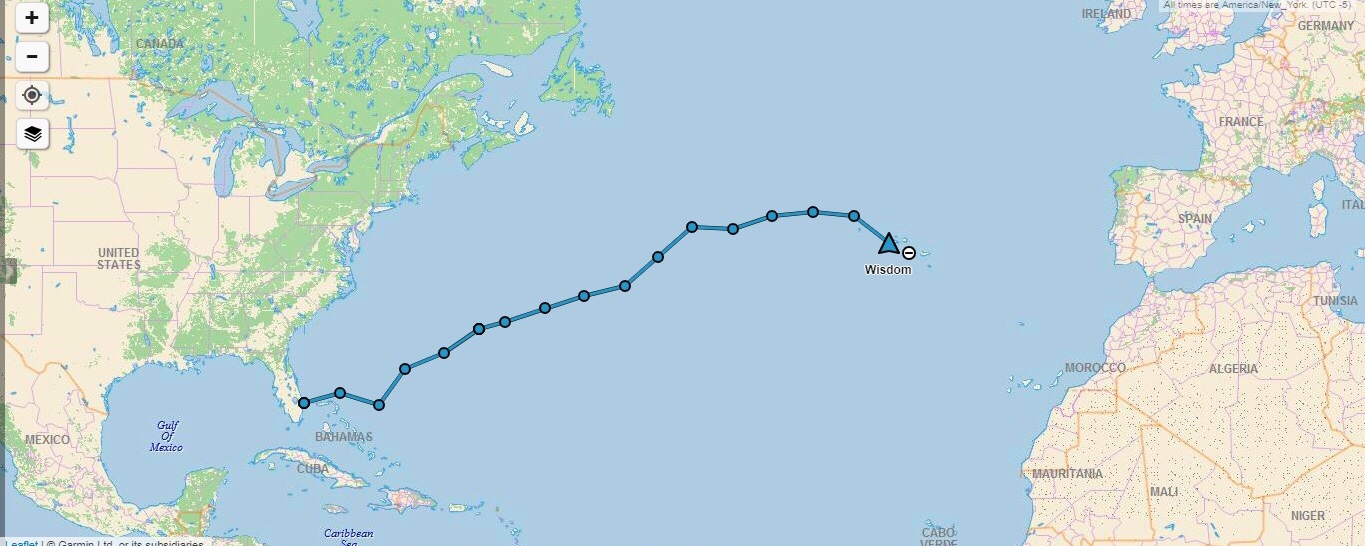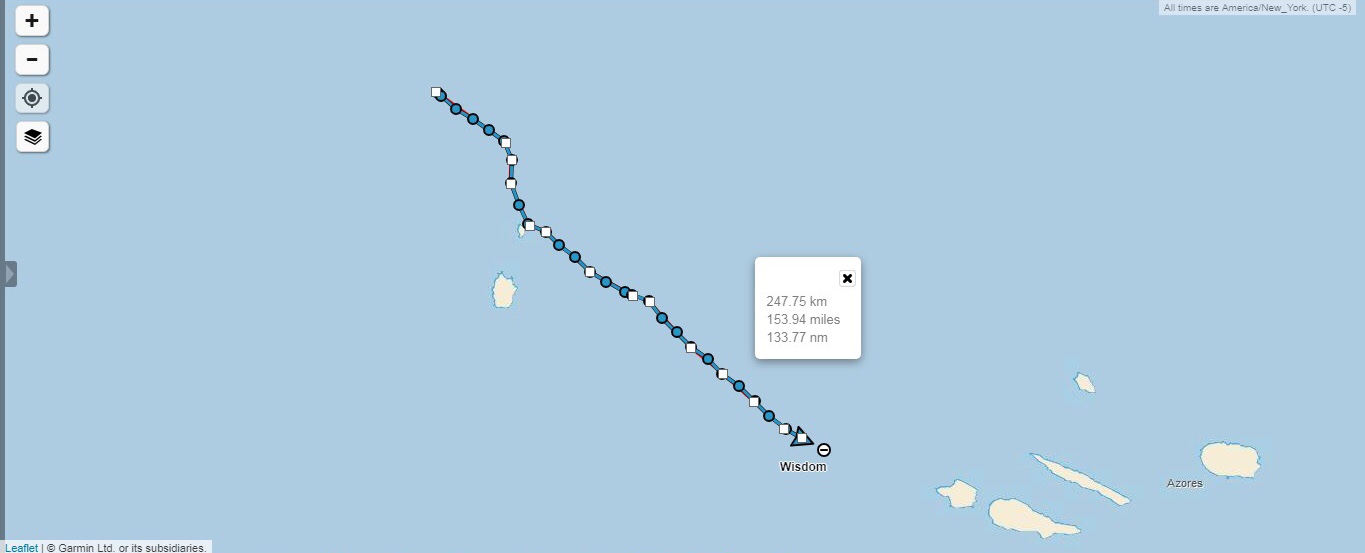You head out to sea because you want to sail to somewhere far away, but which way should you go?
Wind direction can have a drastic effect on your ability to cover ground under your keel. If you are running, it will be slower than a broad reach, and still slower than a beam reach, but certainly faster than if you are beating. What does this all mean?
It doesn’t matter because there is a computer program that will interpret all the weather data and spit out a simple command: “GO THAT WAY”. You no longer need to know what you are doing or why you are doing it because a computer will tell you everything you don’t understand.
The program takes the forecast information and breaks it down into 4 scenarios depending on the models. There is the US and the European model, as well as the Predict Wind version of each. The colorful program even shows you where you will be at each time interval and which direction to go next!
Look at the little boats scoot across the hypothetical screen, aren’t they cute?
Looks like the GREEN boat is in the lead, woohoo!
Come Friday, the yellow boat seems to be the slowest of the pack!
RED and GREEN seem to be neck and neck!
RED has taken the lead!
Here is another lovely example of a program playing the role of Captain while you are merely a deckhand to the computer overlord. Hurricane Chris is looming to the NW of the boat and the computer is suggesting that the GREEN boat should head up into the hurricane and sail on its navigable semicircle.
Why? Because the hurricane is predicted to move straight and this would give you favorable winds to sail quickly.
What if the hurricane turns Easterly? Now what?
Weather routing software is nice to confirm what you have already decided is prudent and best. It can be used to run out theories in your head, but it should not by any means be the Captain of the ship. The software runs under the premise that the forecast is correct and as we all know, the forecast is never correct. This means that the suggested route is not going to be as expected!
If you still feel the need to have a program tell you where to go, don’t go to sea yet. Take some classes on weather and weather routing, read some books, and learn the material yourself. First, so that you can judge if the electronic information is prudent, and second, so that you can still navigate the weather should your electronic leader die at sea.










































